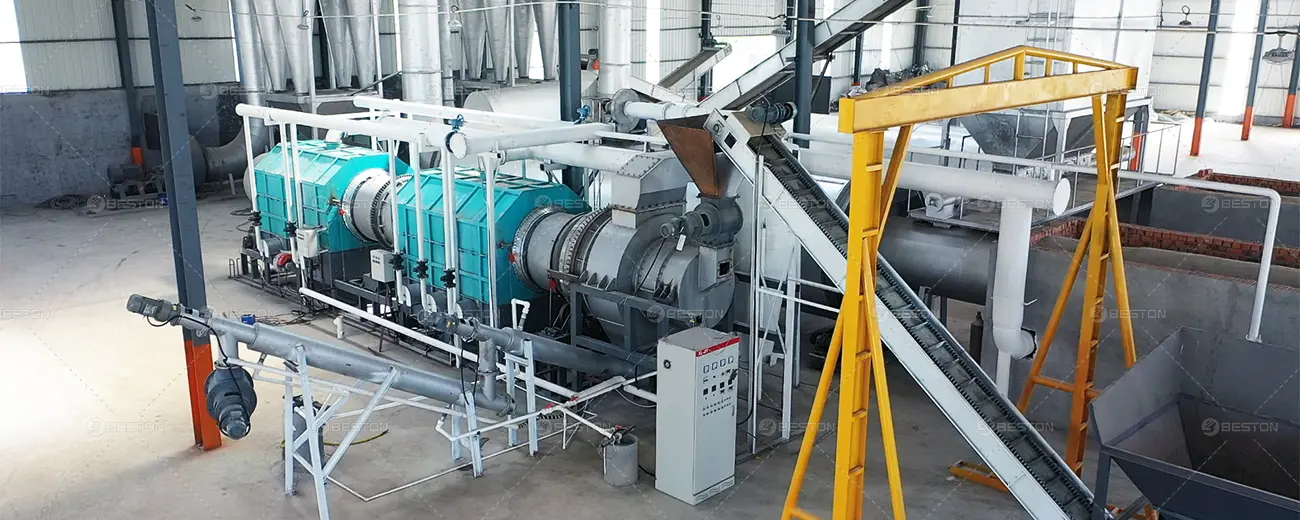Biomass pyrolysis plants are poised to play a pivotal role in the transition to renewable energy and circular resource management. As technology evolves, these facilities will deliver higher efficiencies, more versatile output streams, and deeper integration into industrial ecosystems. Several emerging trends define the future of biomass pyrolysis plants, each reinforcing their commercial viability and environmental credentials.
Traditional biomass pyrolysis reactor often require significant civil works and bespoke engineering. Emerging designs favor modular skid-mounted units that can be rapidly deployed in remote or decentralized locations. These compact modules facilitate:
By standardizing core reactor components, manufacturers can lower capital costs and expedite project timelines, ultimately broadening the market for small- to mid-scale installations.
Maximizing thermal efficiency remains paramount. Future plants will incorporate advanced heat recovery loops and intensified reaction zones. Innovations such as:
These measures compress reaction times and reduce external fuel requirements. The result is a higher net energy output per unit of biomass, strengthening the economic case for bio-oil, syngas, and biochar production.

Next-generation pyrolysis machine for biochar will process a broader spectrum of lignocellulosic residues—from forestry thinnings to agricultural straws and urban wood waste. Key enablers include:
This feedstock agnosticism enhances resilience against supply chain disruptions and unlocks value from previously underutilized residues.
Digitalization is transforming plant operations. By creating a digital twin—a dynamic virtual model of the pyrolysis plant—operators can simulate performance under varying conditions, optimize heat integration, and predict maintenance needs. Coupled with machine learning algorithms, these systems enable:
Digital ecosystems drive uptime, safeguard product consistency, and enhance safety, thereby improving overall return on investment.
The future biomass pyrolysis plant will transcend mono-product output. Rather than solely generating bio-oil and char, integrated downstream modules will refine byproducts into higher-margin commodities:
Diversification of product lines mitigates market risks and leverages the full spectrum of biomass constituents.
In regions pursuing grid decarbonization, biomass pyrolysis plants will co-locate with solar farms, wind parks, or biogas facilities. Off-peak electricity can power biomass pre-processing, while syngas or bio-oil can backfeed generation units during intermittent renewable output. This synergy enhances:
Such hybridized energy platforms will become linchpins of resilient, low-carbon infrastructure.